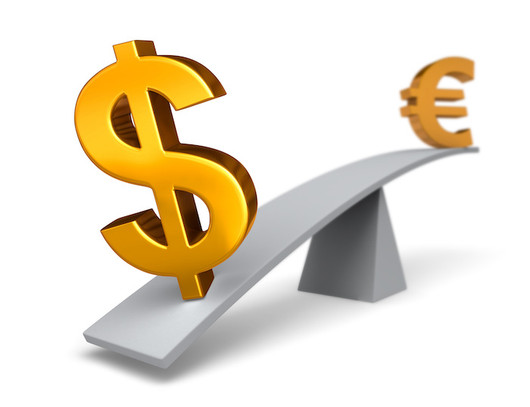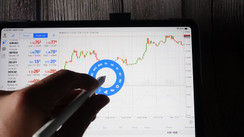If the Fed remains hawkish this week, the euro may start to decline again. The Federal Reserve and other international central banks' chances of taking a dovish stance are dwindling, which is putting the euro's greatest run against the dollar in the past five months to the test. Moreover, the eurozone's private sector activities declined for a fourth consecutive month in October, confirming predictions that the region is entering a downturn.
The euro has dropped from a 6 weeks high reached on Thursday, erasing its first monthly gain since May, although it continues to trade comfortably above 0.9536, which was its worst level since 2002. The record fall means lower demand on the market in general, and some businesses reduce production due to reduced sales, which was more severe than experts had predicted. Whether the US Fed Reserve keeps its hawkish policy position when that gathers this week will be crucial to the development of the single currency and support the dollar. It is too soon for the Fed to change course; according to experts at Bank of America Corp. a, it is still committed to boosting interest rates.
Are there any signs of improvement if the euro posts its first monthly gain against the dollar since May? The euro has made some progress in the previous few weeks thanks to optimism that Europe has enough gas supplies to prevent a winter energy problem, but additional gains are doubtful given this year's strong-dollar trend.
The euro had trading down to the dollar, which came after a 1.2% decline the day before as traders reacted negatively to the European Central Bank's announcement on Thursday, which ECB authorities later disputed. Unexpectedly strong CPI readings in Germany, Italy, and France on Friday served as a reminder to investors that ongoing inflation will hold central banks under stress to hike interest rates. For the Fed, which has been insistent that it will keep rising rates, this continues to be the largest risk.
Some investors are staying away due to the perception that interest-rate differentials, a major factor in euro selling all year, will remain to favour the USD as well as the possibility that trading in the euro will remain turbulent. Nevertheless, the reason for selling the euro has diminished as a result of stable energy prices, and early indications that traders may be less pessimistic about the currencies could limit selling in the months to come. The bank is sticking with its prediction that by the end of the year, the euro will trade at about 95 pence. Growing indications of a downturn in world economies could force central banks to give in to the strains of a recession ravaging their economy and scale back their tightening initiatives, thanks to that many governments encounters various problems; for instance, the United Kingdom can't get the GBP to rebound.





